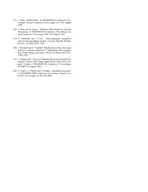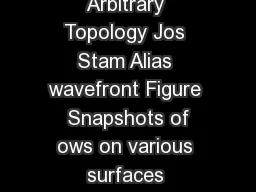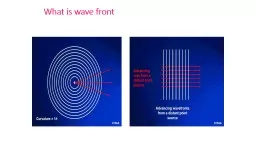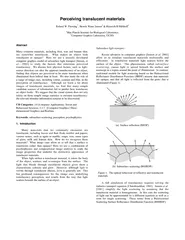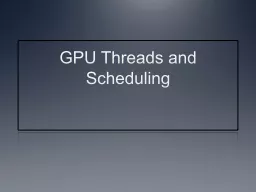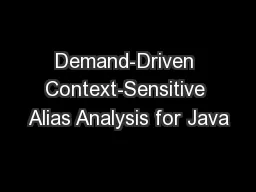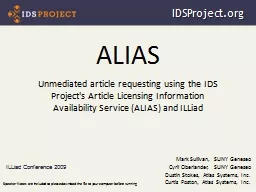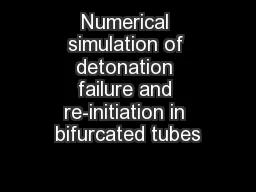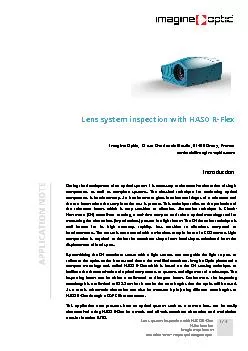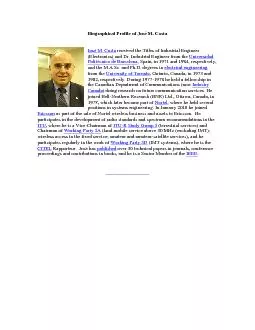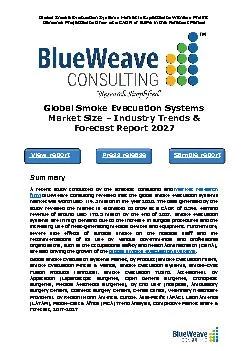PDF-Visual Simulation of Smoke Ronald Fedkiw Stanford University Jos Stam Alias wavefront
Author : jane-oiler | Published Date : 2014-12-12
The method pro posed here exploits physics unique to smoke in order to design a numerical method that is both fast and ef64257cient on the relatively coarse grids
Presentation Embed Code
Download Presentation
Download Presentation The PPT/PDF document "Visual Simulation of Smoke Ronald Fedkiw..." is the property of its rightful owner. Permission is granted to download and print the materials on this website for personal, non-commercial use only, and to display it on your personal computer provided you do not modify the materials and that you retain all copyright notices contained in the materials. By downloading content from our website, you accept the terms of this agreement.
Visual Simulation of Smoke Ronald Fedkiw Stanford University Jos Stam Alias wavefront: Transcript
Download Rules Of Document
"Visual Simulation of Smoke Ronald Fedkiw Stanford University Jos Stam Alias wavefront"The content belongs to its owner. You may download and print it for personal use, without modification, and keep all copyright notices. By downloading, you agree to these terms.
Related Documents

